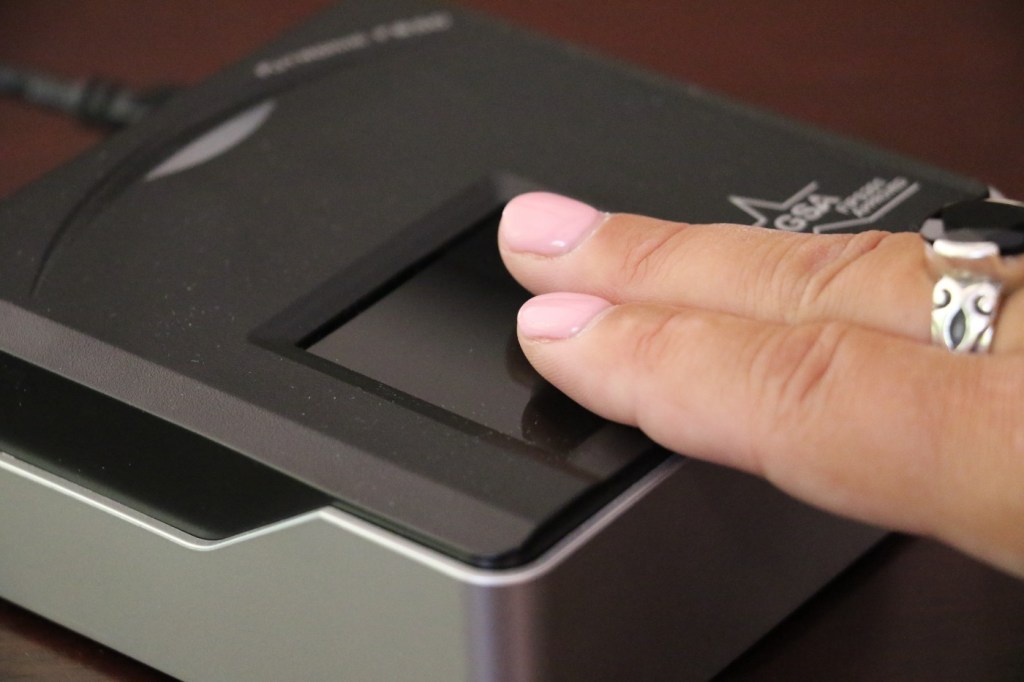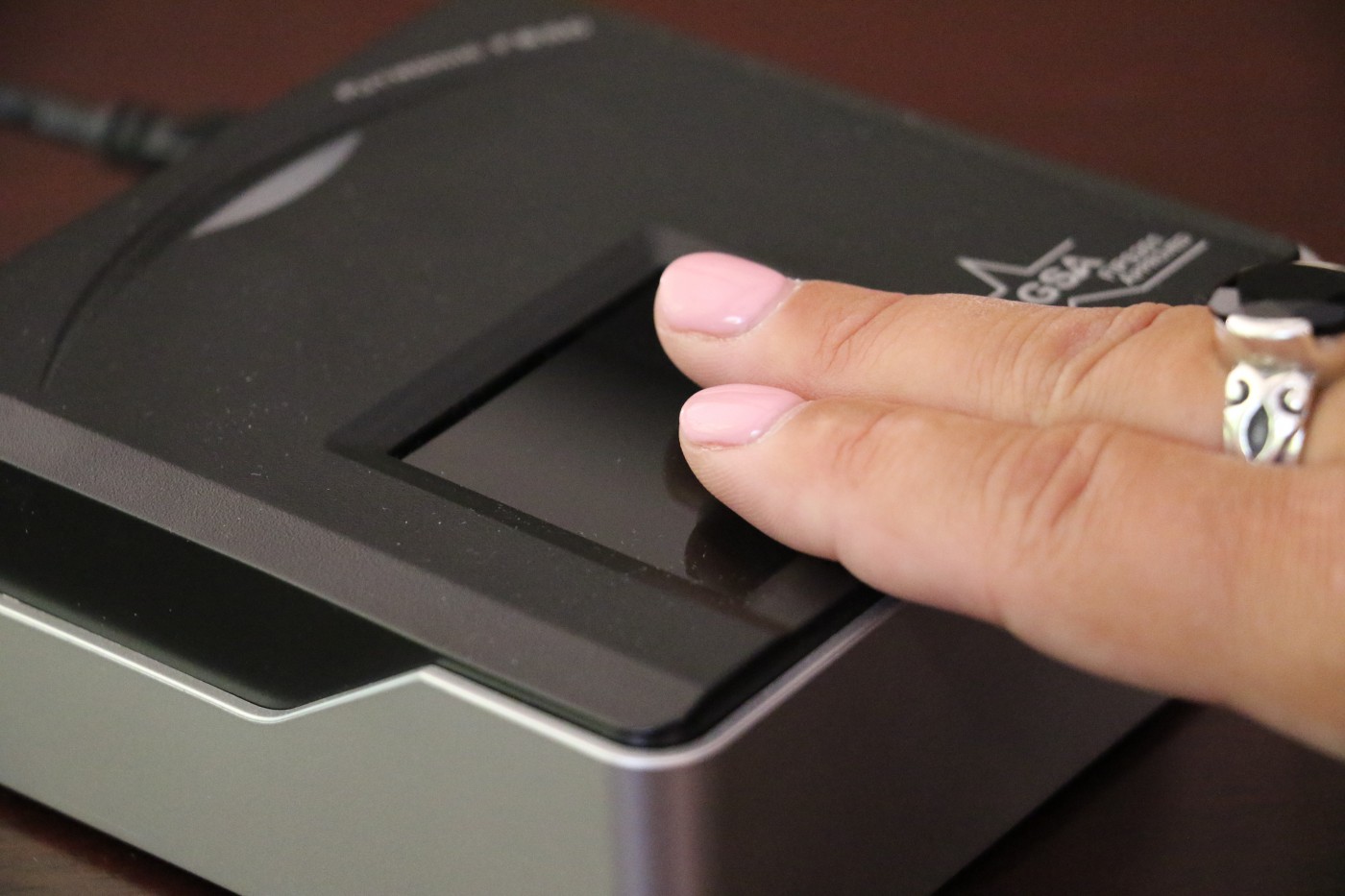Alaska testing biometric IDs, boarding passes
Share

One carry-on bag. One personal item. A jacket. Your morning coffee. A boarding pass. Two hands to juggle it all as you wait to board your flight.
Something about the above equation just doesn’t add up, and Alaska Airlines’ customer research and development team knows it – which is why they’ve spent the past several months testing the use of fingerprints as a form of identification. Through this experiment, customers can use their fingerprints instead of a boarding pass and/or government-issued ID to check their bags, speed through the security checkpoint and board their flight.
“Our big picture dream is that any time you have to prove who you are during any of the steps of air travel, you could simply use your fingerprint instead,” says Jerry Tolzman, manager of customer research and development. “We want this to be a curb-to-seat experience.”
The first tests of biometrics began last fall in Alaska’s Board Room airport lounges. The opt-in fingerprint entry option proved so popular that it’s now a regular feature of all four Board Rooms. The logical next step was to begin looking into biometrics for other areas of the day-of-flight experience.
To conduct the test, Alaska partnered with CLEAR, a biometric secure identity company, and chose Norman Y. Mineta San Jose International Airport for its location in Silicon Valley and high concentration of early tech adopters.
CLEAR serves travelers at 12 airports across the country using its “Fast Touch” technology platform. Partnering with Alaska was a natural fit to test next-generation boarding pass systems.
“CLEAR’s mission is to enable a frictionless airport experience. Together, Alaska Airlines and CLEAR have created a truly seamless process from curb to gate,” says Ken Cornick, CLEAR’s President. “Alaska Airlines is known for its commitment to improve the customer experience through technology and innovation.”
Since mid-April, hundreds of customers have used the service. Almost all of the customers who participated in the experiment said they were “delighted” with the experience and the prospect of using biometrics to streamline the day of travel.
“Love the idea. Fits with my concept of Alaska Airlines being ahead of the game of customer satisfaction,” reported one participant in a survey.
“My feeling is that it should be a NORM at every airport in the country,” said another.
The test in San Jose is coming to a close, but Tolzman and team are already thinking about next steps.
“Using biometrics as identification has a huge potential to simplify the travel experience and eliminate hassles, while adding to the security of air travel,” he says. “We’re very excited to see where we can take this next.”
More ways to streamline your day of travel:
Travel like a pro: Fly through airport security with TSA PreCheck
Travel like a pro: How to snag a better seat on the airplane
Travel like a pro: 3 ways to fly through airport lines (no cutting!)
